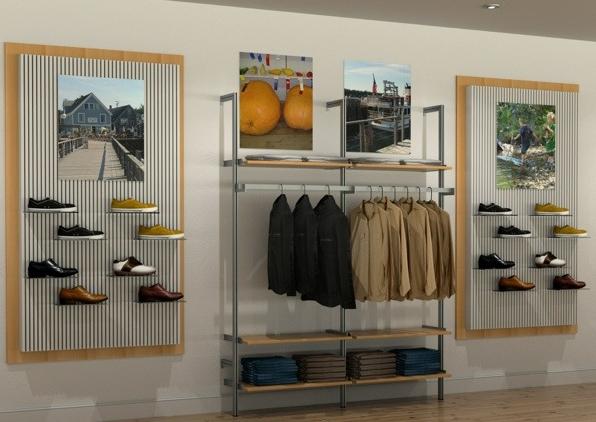A retailer must carefully consider and plan each element of retail displays. Display elements include the merchandise, shelf display areas or window displays, props, colors, background materials, lighting and signs. The retailer is to compare contrast, repetition, motion, harmony, balance, rhythm and proportion of each display to draw the consumer’s attention to it.
Display elements must be evaluated to determine how well and if they attract and hold the attention of the passersby. “Contrast” is one way to attract attention. Contrast is achieved by using different colors, lighting, form i.e., size and shape, lettering or textures. “Repetition” attracts consumer attention by duplicating an object to reinforce and strengthen the impression.… Read the rest

